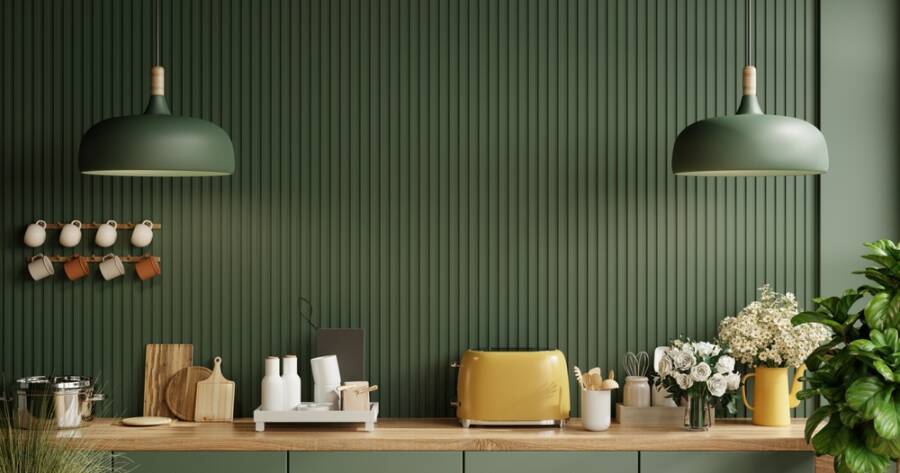As the world continuously evolves, so do our living spaces. Interior design trends can offer an exciting glimpse into how we might transform our homes to foster comfort, functionality, and style. Each year brings new ideas and concepts that could inspire change in your environment, from the colors you choose to the materials you use.
Embracing Earthy Tones
Earthy tones have a calming effect that can create a relaxing atmosphere in any room. This trend encourages the use of colors inspired by nature, such as warm browns, soft greens, and rich terracotta. These colors can potentially add warmth and tranquility to your space, and are versatile enough to complement various furniture styles and decor.
Sustainable Materials
Sustainability remains a key focus in interior design. There is an increasing interest in using materials that are eco-friendly, recycled, or sustainably sourced. Elements like reclaimed wood, bamboo, and recycled metal could be utilized to create stunning, environmentally-conscious interiors. The use of these materials might not only reduce environmental impact but also add a story to your furnishings.
Multifunctional Spaces
With more people working from home, the demand for multifunctional spaces is on the rise. Consider how living rooms can double as home offices or guest rooms with strategic furniture placement and usage. Clever storage solutions and adaptable furniture, like foldable desks or sofa beds, may help maximize space without compromising on aesthetics.
Biophilic Design
Biophilic design aims to bring the outside in by incorporating natural elements into the home. Integrating plants, natural light, and water features can create a soothing ambiance. This trend is thought to enhance wellbeing by increasing your connection to nature, albeit within the confines of your home.
Minimalism with a Twist
While minimalist design remains popular, there is a shift toward infusing minimalist spaces with personality. This involves using bold art pieces, colorful rugs, or eye-catching light fixtures as focal points. Introducing these elements could break the monotony of minimalism and allow individual expression to shine through subtle decor accents.
Vintage and Retro Styles
Nostalgic design elements often find their way back into modern homes. Vintage and retro styles might be appealing due to their charm and character. Incorporating antique furniture or retro color palettes and patterns could add a unique personality to your space, blending the old with the new in an aesthetically pleasing manner.
Statement Ceilings
Ceilings are increasingly becoming a focal point in interior design. From bold paint colors to intricate moldings and wallpaper, statement ceilings can create a dramatic effect. Experimenting with this feature might allow for an unconventional twist that draws the eye upwards and adds depth to a room.
Smart Home Integration
As technology advances, integrating smart home features into interior design has become increasingly prevalent. Smart lighting, climate control systems, and voice-activated assistants could enhance both convenience and energy efficiency. While technological integration requires careful planning, it may significantly elevate usability and comfort in your home.
Texture Layering
Another trend is the layering of various textures to create a rich and inviting atmosphere. Combining materials such as velvet, wool, and stone could add depth and interest to a room. This approach might allow for both visual and tactile diversity, enriching the sensory experience within your living space.
Artisanal and Handmade Pieces
Artisanal pieces are being celebrated for their uniqueness and craftsmanship. Incorporating handmade furniture or decor can highlight individuality and may support small artisans. These pieces often carry unique stories, potentially adding depth and a personal touch to your home’s design narrative.
Curved Furniture
Curved furniture is gaining popularity for its soft, organic shapes that contrast with the angular lines typical in modern design. Sofas, chairs, and tables with gentle curves can introduce a sense of fluidity and elegance. This trend might evoke a more welcoming and inviting atmosphere, enhancing the overall comfort of your living space.
Combining Functionality and Aesthetics
Interior design continually blurs the line between functionality and aesthetics, striving for harmony between the two. By balancing practicality with design creativity, living spaces can become both beautiful and versatile.
Whether through choosing sustainable materials, embracing retro styles, or integrating smart features, these trends offer numerous possibilities for transforming your home to meet your needs and preferences.

